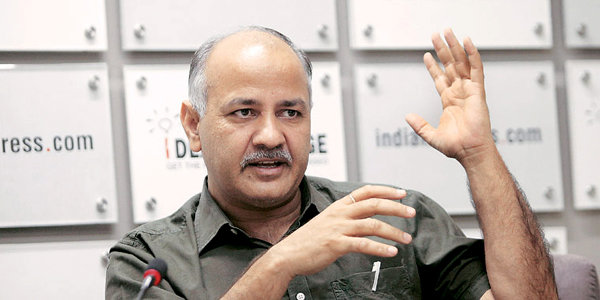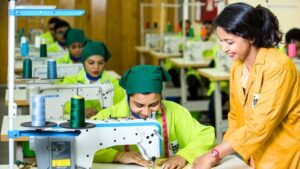
Coming as a relief to high-end garment labels, the Delhi state budget has reduced VAT (Value Added Tax) from 12.5 per cent to 5 per cent. These apply to all garments having a price tag higher than Rs 5,000.
In 2010-2011, the then state government had increased the VAT on the same from 5 per cent to 12.5 per cent. The most recent move will reduce the per garment prices by almost Rs 1000, potentially helping in increasing their demand.
In the 2016-17 budget, presented by Delhi’s Deputy Chief Minister and Finance Minister Manish Sisodia, also announced that all kinds of school bags will also be covered under VAT, with the rate of 5 per cent. Earlier, bags priced higher than Rs 300 were covered under VAT at 12.5 per cent of the base cost. No new taxes have been included in the budget.
Textile and fabric are currently covered under several entries in the tax rate schedules – some under the exempted list, while others in the taxable category of 5 per cent. The government proposes to simplify this system by levying a uniform tax rate of 5 per cent on all varieties of textiles and fabrics (including sarees), except khadi and handloom fabrics.
Also Read – Delhi Government Introduces More Labour-friendly Laws
“At present, readymade garments upto Rs 5000 are taxed at 5 per cent, those above Rs 5,000 are taxed at 12.5 per cent. In the neighbouring states (UP and Haryana), all readymade garments are taxed at 5 per cent. I propose to rationalise the tax rate by taxing all readymade garments at the rate of 5 per cent. Our government is fully committed to reducing tax arbitrage and will attempt to keep a uniform rate with neighbouring states,” the minister said.
Meanwhile, Kanwal Kumar Balli, President, Association of Wholesale Readymade Garments Dealers, Delhi, representing mainly the Gandhi Nagar Market (one of Asia’s biggest market for garment with lakh of stitching machines producing garments for Indian domestic market) told Apparel Resources, “The VAT reduction on readymade garments is not going to help us as Gandhi Nagar and allied areas produce garments for the mass market. We don’t even have much hope from the government or in the Budget.”






